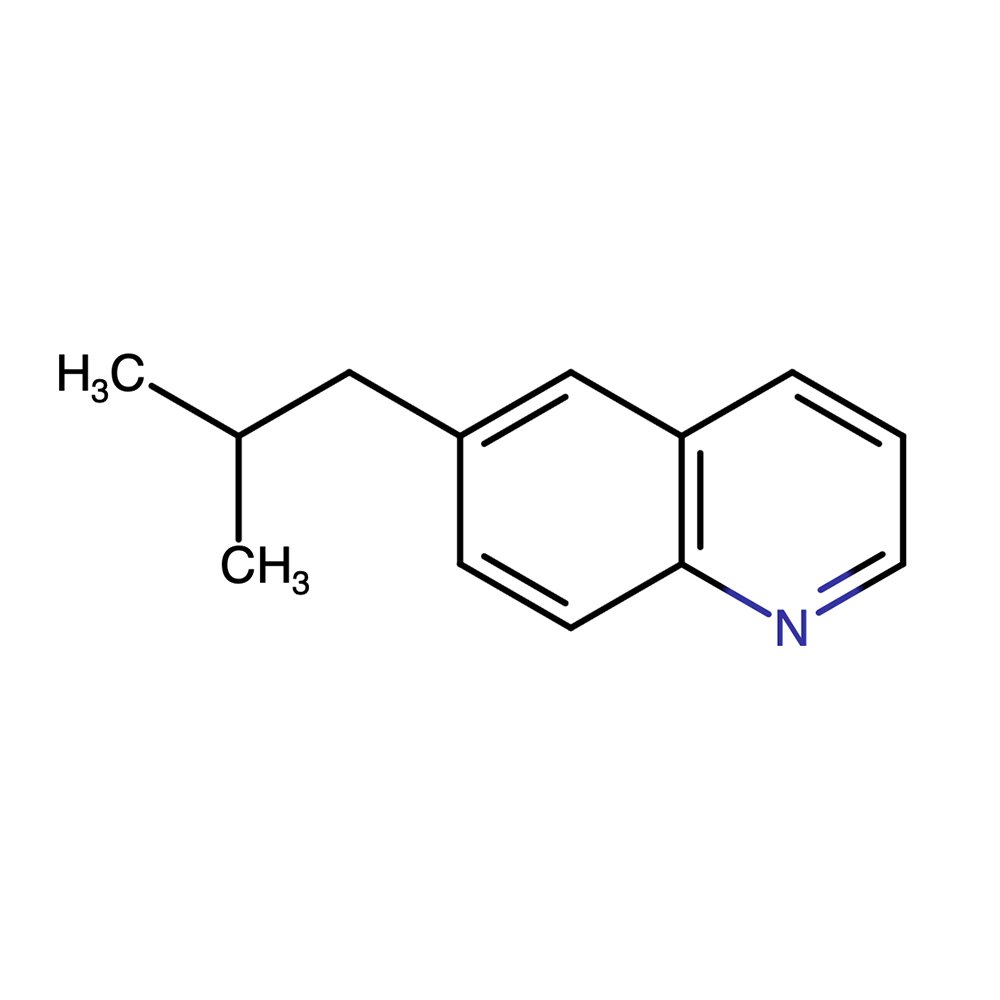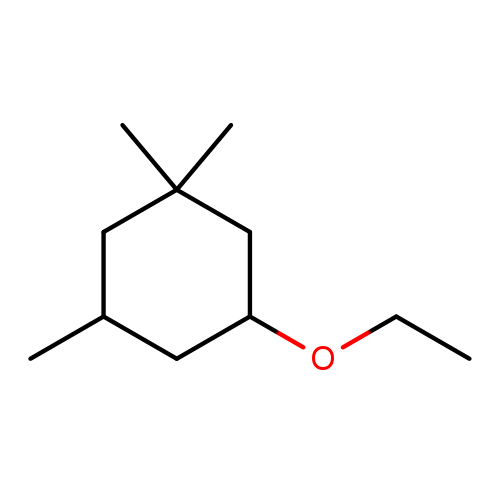Dimethyl Acetaldehyde Phenyl Acetate (PADMA)
Premium Synthetic Ingredient for Perfumery
Dimethyl Acetaldehyde Phenyl Acetate (commonly referred to as PADMA) is a synthetic aromatic compound used extensively as a secondary component in perfumery. It belongs to the class of acetals and is valued for its multifaceted green character and ability to enhance floral, earthy, and spicy notes. Its medium-strength, green-rosy scent carries a subtle mushroom nuance and is less pungent than phenylacetaldehyde, making it suitable for a wide array of olfactory applications.
This ingredient is often incorporated in trace amounts to lend floral foliage effects and to soften or round out aldehydic structures. Its performance is notable in blends with oakmoss, vetiver, and geranium, where it contributes to leafy or rooty impressions, particularly within rose, muguet, carnation, gardenia, and oriental compositions.
Premium Synthetic Ingredient for Perfumery
Dimethyl Acetaldehyde Phenyl Acetate (commonly referred to as PADMA) is a synthetic aromatic compound used extensively as a secondary component in perfumery. It belongs to the class of acetals and is valued for its multifaceted green character and ability to enhance floral, earthy, and spicy notes. Its medium-strength, green-rosy scent carries a subtle mushroom nuance and is less pungent than phenylacetaldehyde, making it suitable for a wide array of olfactory applications.
This ingredient is often incorporated in trace amounts to lend floral foliage effects and to soften or round out aldehydic structures. Its performance is notable in blends with oakmoss, vetiver, and geranium, where it contributes to leafy or rooty impressions, particularly within rose, muguet, carnation, gardenia, and oriental compositions.
Premium Synthetic Ingredient for Perfumery
Dimethyl Acetaldehyde Phenyl Acetate (commonly referred to as PADMA) is a synthetic aromatic compound used extensively as a secondary component in perfumery. It belongs to the class of acetals and is valued for its multifaceted green character and ability to enhance floral, earthy, and spicy notes. Its medium-strength, green-rosy scent carries a subtle mushroom nuance and is less pungent than phenylacetaldehyde, making it suitable for a wide array of olfactory applications.
This ingredient is often incorporated in trace amounts to lend floral foliage effects and to soften or round out aldehydic structures. Its performance is notable in blends with oakmoss, vetiver, and geranium, where it contributes to leafy or rooty impressions, particularly within rose, muguet, carnation, gardenia, and oriental compositions.
Synthetic Ingredient Overview
🔎 Chemical Name: 2,2-dimethoxyethylbenzene
🧪 Synonyms: PADMA
🧬 Chemical Formula: C₁₀H₁₄O₂
📂 CAS N°: 101-48-4
📘 FEMA: 2876
⚖️ MW: 166.22 g/mol
📝 Odor Type: Green, Floral
📈 Odor Strength: Medium
👃🏼 Odor Profile: Floral-rosy, green, earthy, subtly mushroomy; lacks harsh aldehydic or phenolic top
👅 Flavor Profile: Sweet-green, honey-spicy at low ppm; bitter at higher concentrations
⚗️ Uses: Floral modifier, green-lilac builder, earthy nuance for muguet, rose, carnation, chypre, and oriental bases
🧴 Appearance: Colorless to pale yellow liquid
What is PADMA?
PADMA (2,2-dimethoxyethylbenzene) is an aromatic acetal widely used in perfumery to replicate the leafy-green and subtly earthy qualities of natural florals like lilac and muguet. Structurally, it features a benzene ring with a dimethoxyethyl side chain, which lends it mild reactivity and improved stability compared to aldehydes or phenylacetaldehyde.
Its soft character avoids the aldehydic "snap" or the phenolic "bitter almond" bite, allowing for more subtle floral constructs and smooth transitions from top to heart notes. PADMA is typically used in traces to <1%, depending on the formula’s volatility and balance.
Olfactory Profile & Perfumery Applications
PADMA brings a powdery-green, earthy-fresh note with a rosy undertone. Despite its floral label, it primarily functions as a modifier and transition bridge between fresh top notes and the body of the fragrance. Particularly useful for:
Lilac, Muguet, Rose: Enhances volume and realism without introducing pungency
Carnation, Geranium, Opopanax: Softens and rounds spicy facets
Oakmoss, Vetiver, Methylionones: Provides green-earthy lift and balances powdery or woody drydowns
Oriental bases: Adds subtle herbal-green nuance and verticality
Recommended usage in fine fragrance is <0.5%, higher only when supporting more dominant floral-green materials.
Industrial & Technical Uses
PADMA’s relative stability and non-phenolic nature make it suitable for:
Fine fragrance concentrates (muguet, floral-green, spicy florals)
Functional perfumery (air care, detergent perfumes, non-discoloring soap fragrances)
Flavor applications (trace amounts for grape, honey, or spice profiles)
Its flash point and stability under standard perfumery solvents allow for use across alcohol, surfactant, and wax systems.
Regulatory & Safety Overview
IFRA Guidelines:
PADMA is not restricted under the IFRA 51st Amendment but should be assessed in QRA Category 4+5 applications due to potential presence of residual aromatic precursors.EU Allergen Declaration (Reg. 1223/2009):
PADMA does not appear on the list of 26 declarable allergens, but final formula assessment may require screening for minor natural constituents.FEMA GRAS:
FEMA No. 2876 — Approved for flavor use at trace concentrations
Sweet-green, spicy-honey nuance at <10 ppm. Bitter at high concentration.REACH & ECHA Status:
Registered and not classified as hazardous under CLP
Non-sensitizing; no CMR or reproductive toxicity classification
✅ PADMA is safe for fragrance use under standard concentrations. Its use as a low-impact floral-green acetal is well-established in fine and functional perfumery.
Sources
The Good Scents Company Database
PerfumersWorld Ingredient Profile
Symrise Product Documentation
PubChem Chemistry Database
Scentspiracy Internal Training Archive (2023)
Formulation Stability Testing Notes – Scentspiracy Studio (2024)







